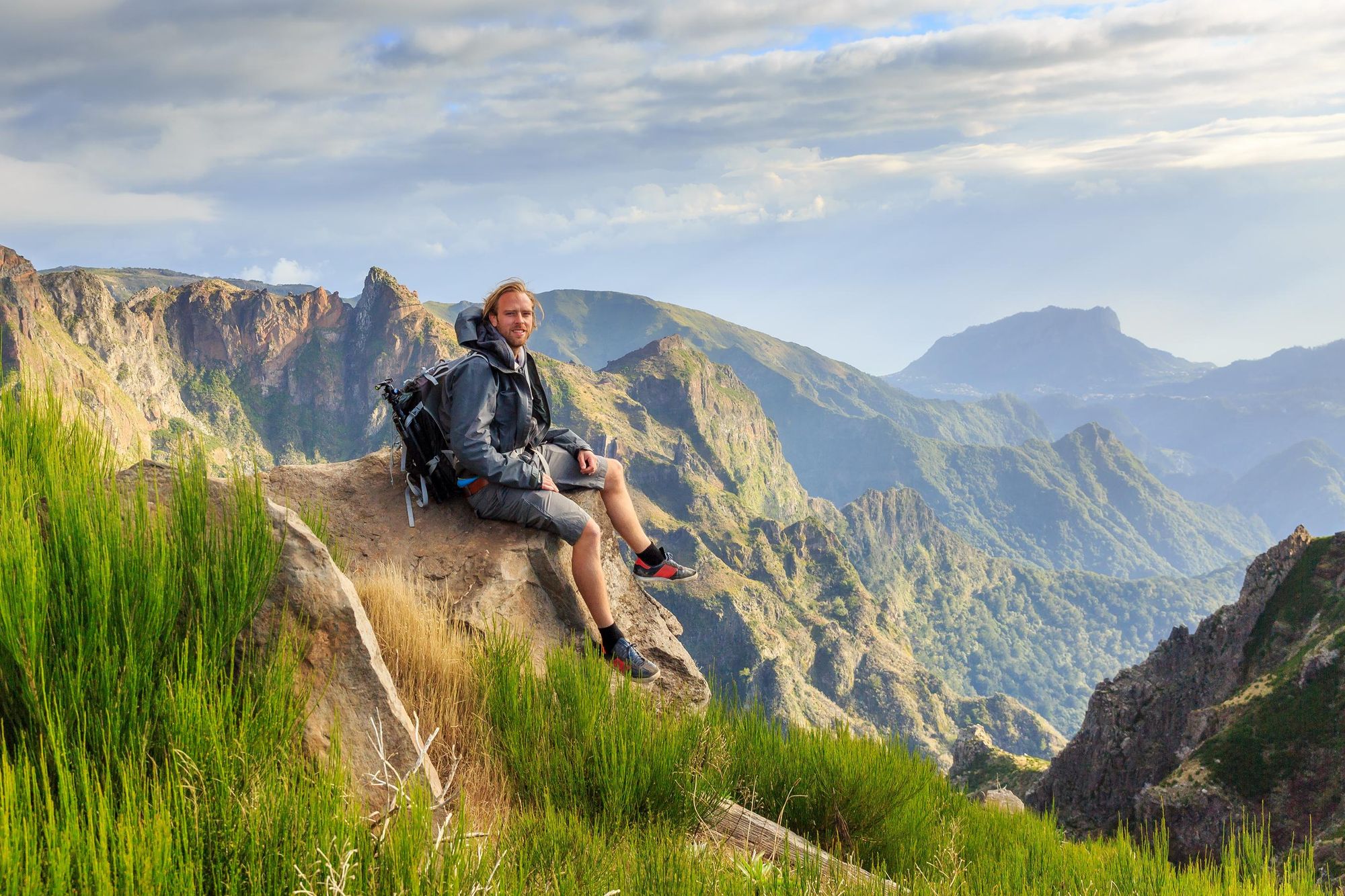Madeira is the island of eternal spring; an island with immense natural beauty and an agreeable temperature year round. When I first visited back in 2016, a local mountain bike guide joked that travel in Madeira was once a stronghold for the “newly-wed or nearly dead.”
The next day I went canyoning in the Laurisilva forest of Madeira, where my canyoning guide Nuno expanded: “We need a mix of tourists. Pensioners have time and money but they don’t want to see the levadas. They come because we have weather all year round. More young people are coming to the island now that want to see the nature. It’s a new kind of tourist. We have hotels with cheap prices and youth hostels for travellers. We’re going in the right direction.”
The great thing about Madeira is how quickly the scenery changes. You can go from mountain biking in the morning to surfing in the evening...
Nuno alluded to the fact that even back in 2016, Madeira was already changing. Today, that dusty image is long gone. The island is renowned for adventure.
Visiting since, I’m now more familiar with the makeup of Madeira - a Portuguese island which is actually closer to the African continent than to Europe. It is a place of sharp, steep, craggy mountains, from the high point of Pico Ruivo, down to the low points, and the big, banging surf waves on the coast. It is a place of UNESCO-protected laurel forest, of deep gorges and canyons and natural playparks within; of volcanic caves, world-class mountain bike trails and levada walks, which allow you to follow traditional irrigation systems through varied scenery.

Madeira is an island of paradoxes, from the rocky moonscapes and golden sand beaches down by the coast to the historic cities where new meets old, and to the lush countryside and dramatic, daunting peaks which sit in the interior within.
As I uncover more about the island, as with any place with such depth, the more I realise how little I knew about Madeira when I first journeyed to it, across the Atlantic in search of adventure. So, here are a few things that I wish I knew before visiting Madeira - some helpful hints and tips.
Before I start though, a quick note: one thing I was thankful I did know before visiting Madeira was that a local guide is always be able to offer a level of safety, insight, detail and immersion that you simply cannot achieve otherwise. I’ve found the level of guiding on Madeira to be superb whenever I have visited, so for best results, do tap into that extensive network of local experts.
Know your levadas from your veredas
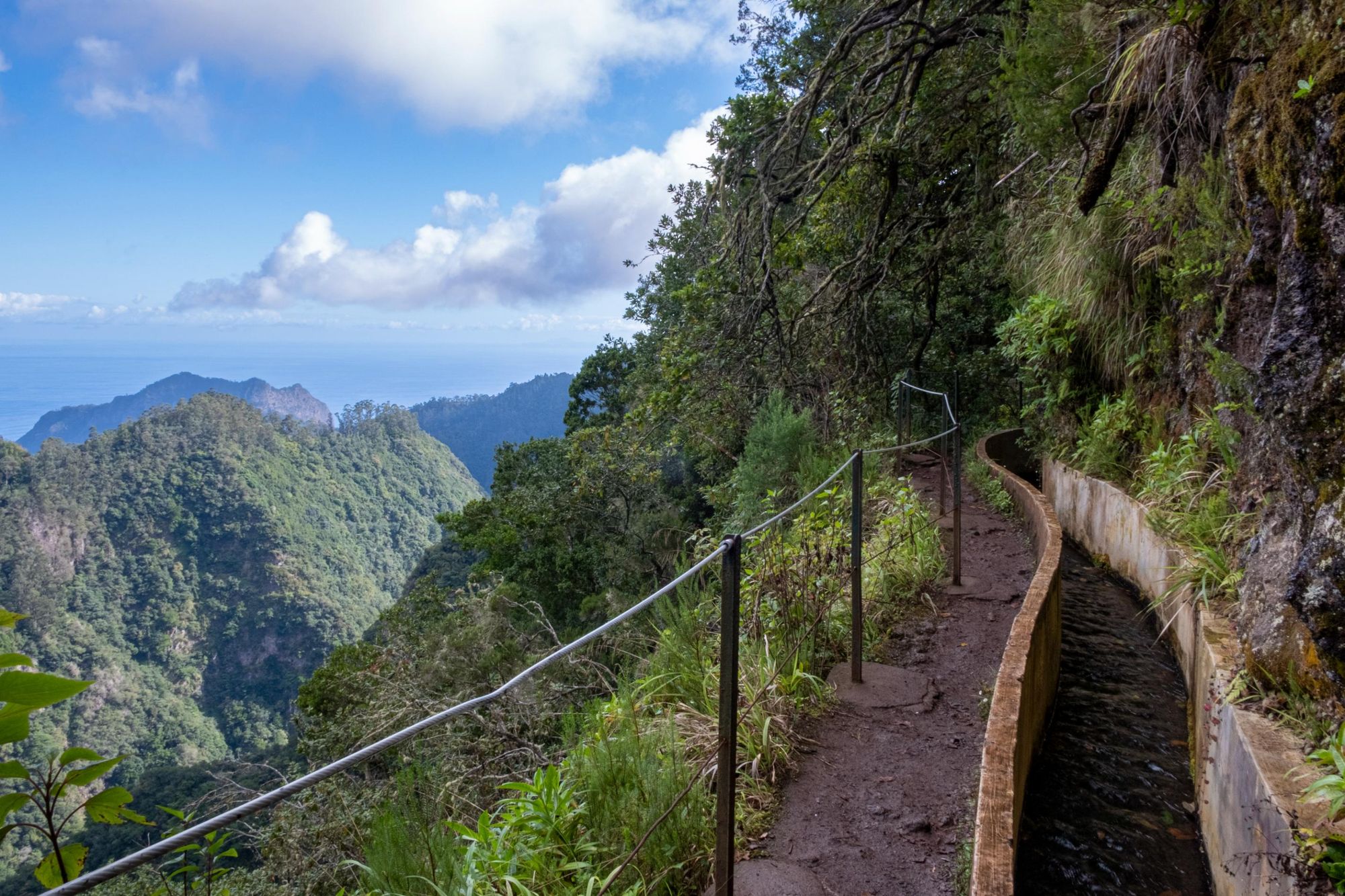
There are a few very specific terms that are good to know about if you're planning on going hiking in Madeira. One essential term is 'levada', which refers to a man-made aqueduct built for irrigation purposes. You'll come across the phrase 'levada walks' in Madeira, and this simply refers to walks that follow these aqueducts, of which there are many. These tend to be hikes that are surrounded by greenery.
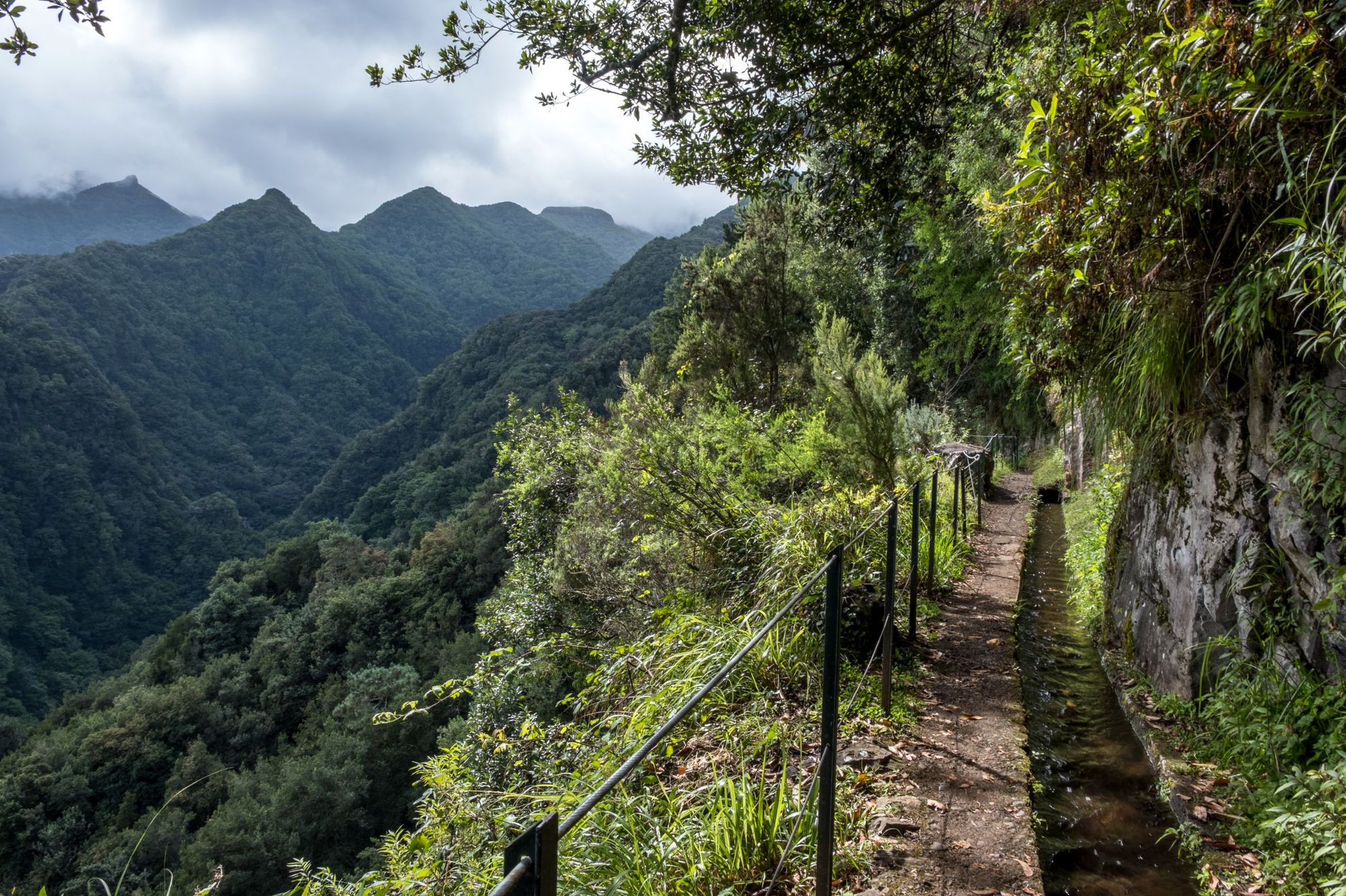
Another phrase is 'vereda'. This is a more general term used to describe a mountain path, and it can refer to any sort of hiking route. Finally, there are 'PR' routes. These are walking paths which are waymarked and maintained by the government of Madeira. There are over 20 of them, and they're excellent paths.
There is so much on Madeira beyond the hiking trails
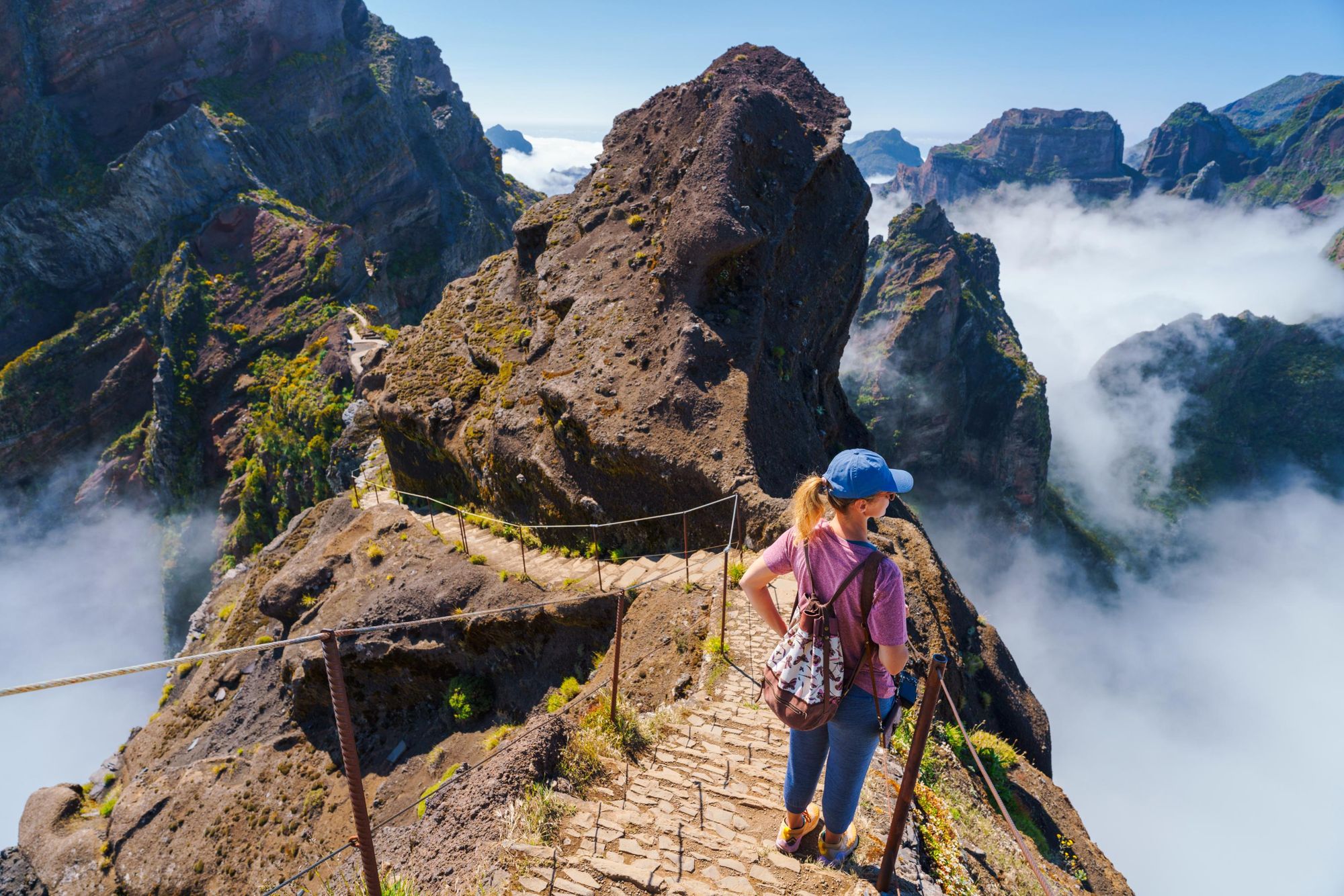
I’m slightly cheating here, as the first time I visited Madeira I did a multi-adventure programme. I went surfing, mountain biking (see below) and hiking too - but I feel like when I arrived, I did think the story would mostly be about that hiking, when actually there’s so much to see beyond.
The hiking in Madeira is exactly as good as you’ve heard. Much of it - the PR routes and levada walks - are well signposted, and can take you into lush forests and up to dusty ridgelines, looking out over the island and the Atlantic beyond. I’ll never forget walking the PR1 path, which takes in the three highest peaks on Madeira - Pico do Arieiro (1817m), Pico das Torres (1851m) and Pico Ruivo (1862m). But having visited multiple times, I wouldn’t define Madeira by hiking.
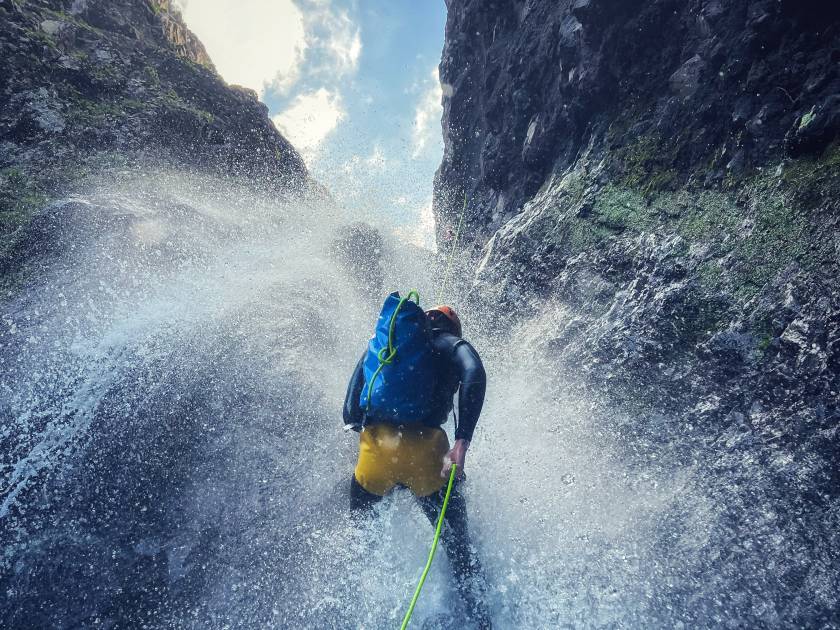
Yes, get your fix of hiking on the island, but once you’re done so, why not spare a day to go canyoning and camping in the Ribeira do Lajeado or through the Chao da Ribeira in Seixal, amongst wild waterfalls and that laurel forest? I did this on my second trip to Madeira and remember it as one of the best days out I’ve had. Madeira is a mecca for canyoning.
Take a day out on the mountain bike trails; explore the water with a surfboard or SUP or get a bird’s eye view of Madeira by taking a flight in a paraglider.
This is not a ‘one landscape per day’ island
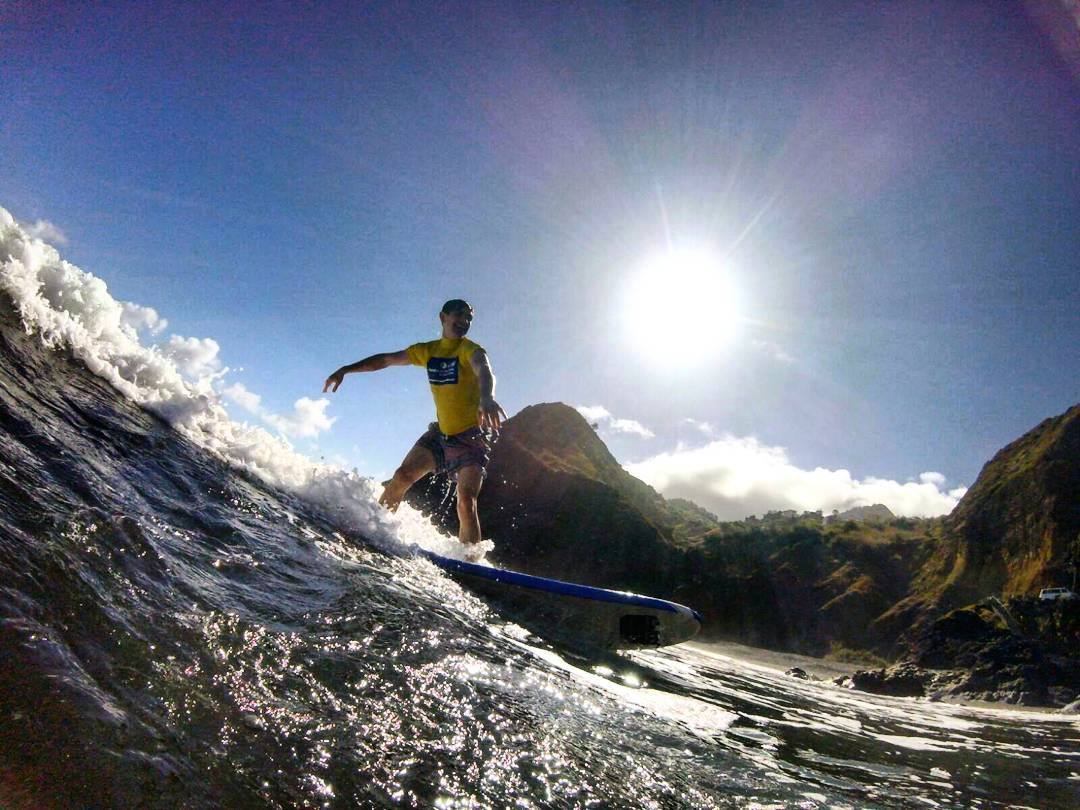
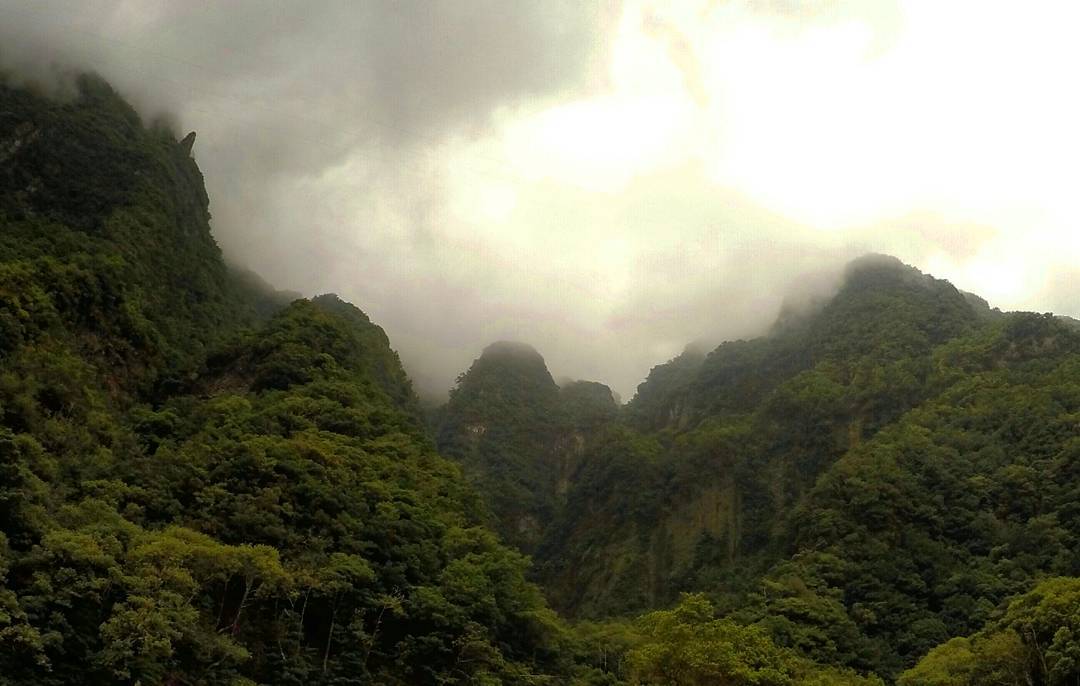
This feels like a connected yet separate point to the above.
On my first trip to Madeira, I spent a bit of time on the waves with Orlando Pereira, a local tour guide and former Portuguese surf champion. If that makes me sound like an accomplished surfer, it shouldn’t - I was very much a beginner, but Orlando made for a fantastic teacher.
After a day of instruction which set me on a course to becoming at least mildly competent on a surfboard, he told me: “The great thing about Madeira is how quickly the scenery changes. You can go from mountain biking up a mountain in the morning to surfing or stand-up paddling in the evening, so don’t limit yourself to one thing a day.” Let me tell you; he was absolutely spot on.
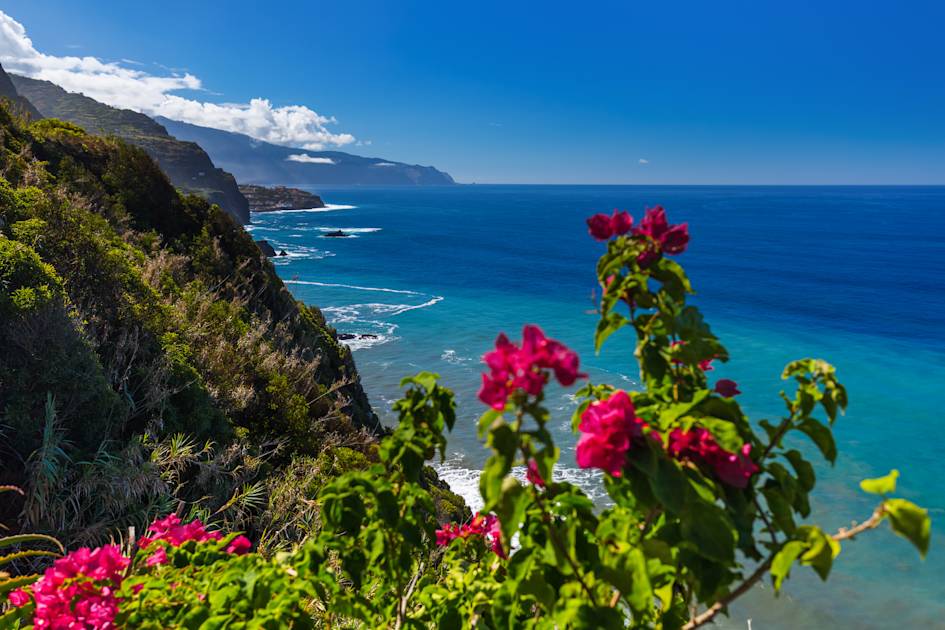
With a bit of good planning (plus a good guide and, admittedly, not much down time), there’s no reason why you can’t both hike and surf in one day; take a break from a walk to spend a few hours wildlife watching, or indeed, combine numerous different landscapes, from the aforementioned Laurisilva forest to the beauty of the coast. Madeira has so much to give.
'Eternal Spring' Doesn't Mean 'Always Warm'
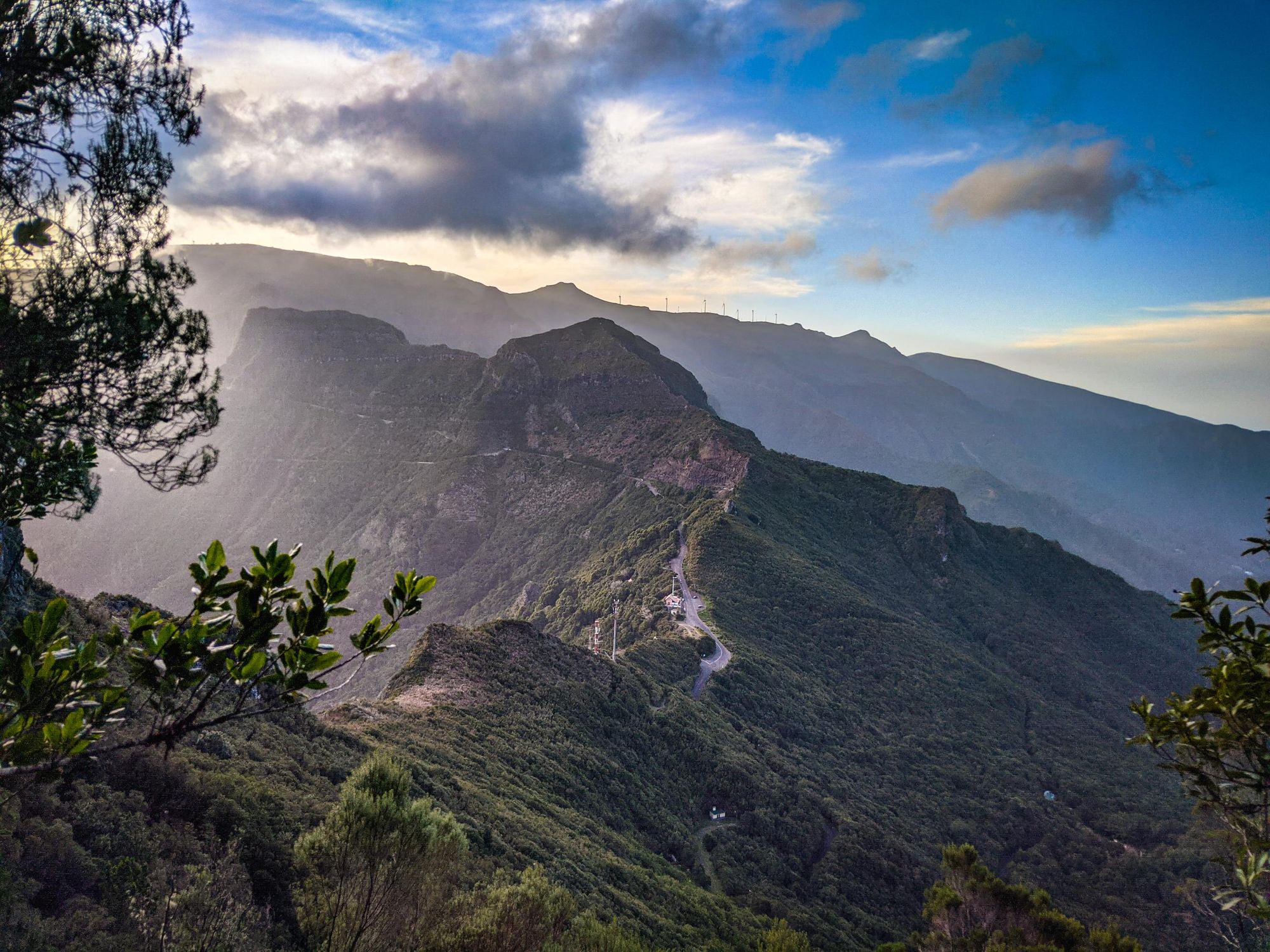
The climate in Madeira is famously agreeable. Even in December, the temperatures are between 7°C and 20°C, while in July you're looking at an average of 24°C during the day. So it's comfortable, year-round. What this does not mean - and what I maybe did think it meant the first time that I visited - is that it will never be cold in Madeira. This is obviously wrong (and ridiculous).
If you're staying in Funchal, the capital, then yes, you'll probably be warm most of the time, whenever you go. But as soon as you venture into the interior of Madeira and up into the mountains, you'll find a lot of microclimates.
What that can mean in practise is that things can get a bit chilly up in the mountains if a wind is blowing in from the sea. During Spring and Autumn in particular, there can be storms and rain. Don't be silly. Come prepared for that.
The mountain bike trails are top tier - but challenging
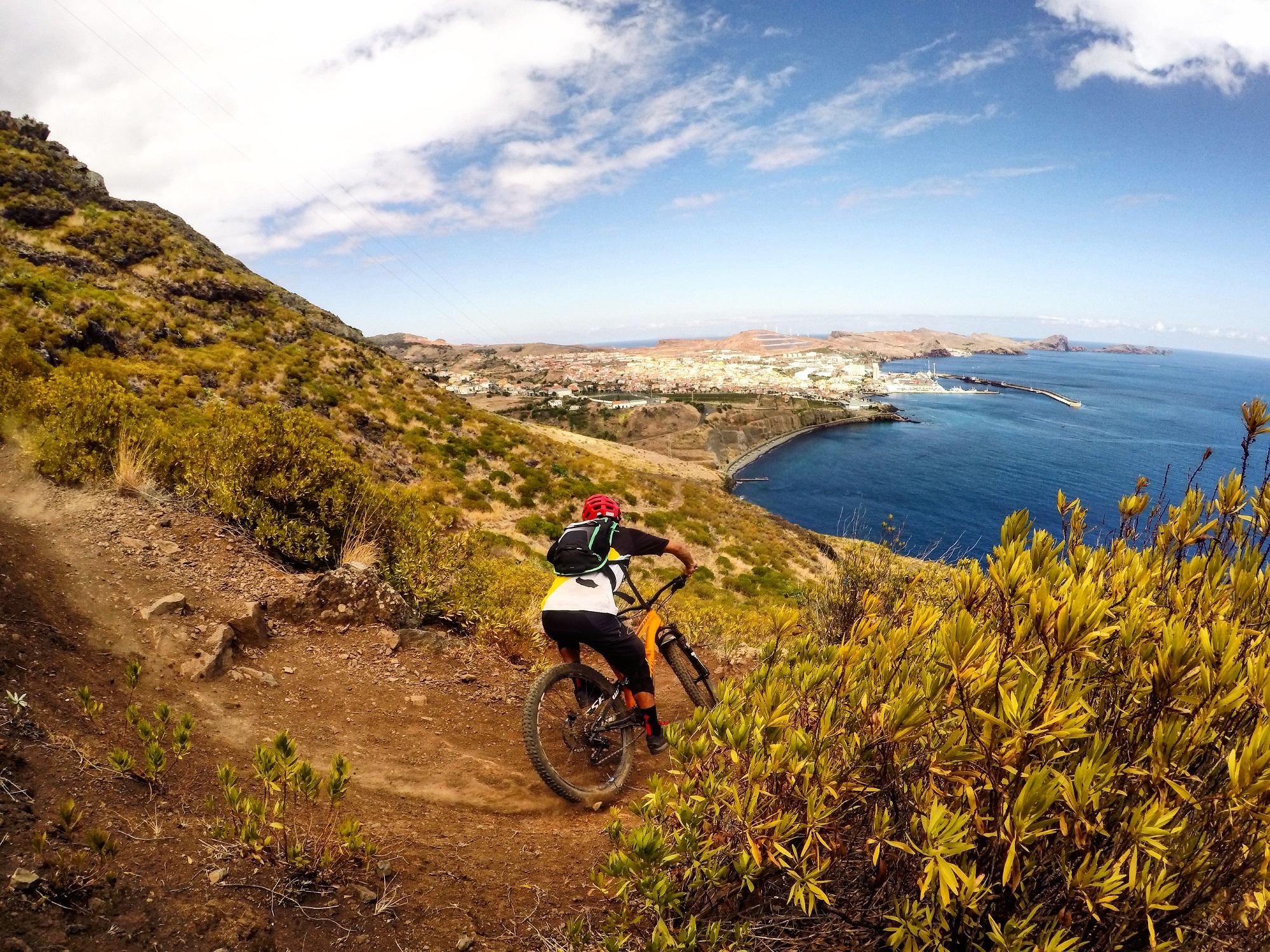
I knew that Madeira was “good for mountain biking” before I first arrived, but what I didn't realise was just how good.
The development of mountain biking on Madeira is still pretty recent. The modern scene was created by the pioneering team at Freeride Madeira, a local crew born in 2009, who began to dig and map trails around the island, and guide tourists to ride them. The combination of this team doing a very good job of digging those trails, and that year-round temperature on the island, meant that soon some of the best mountain bikers in the world started to come to Madeira for winter training - the likes of Sam Flanagan and Mark Scott from the Enduro World Series (EWS), then Joe Barnes, Brendan Fairclough and Josh Bryceland.
The story of Freeride Madeira is the story of a booming adventure success. It's the birth of a scene, community and globally-important site, driven by locals.
By 2017, Madeira became a stop on the EWS, and today it’s internationally-acclaimed as one of the world’s great riding spots. What that means if you’re heading out riding is that you should be prepared for some serious stuff. The trails here are genuinely world-class, but they’re also challenging; some of them with cliff-edge drops, and a lot of them with steep, dusty switchbacks.
There’s brilliant wildlife watching to be done
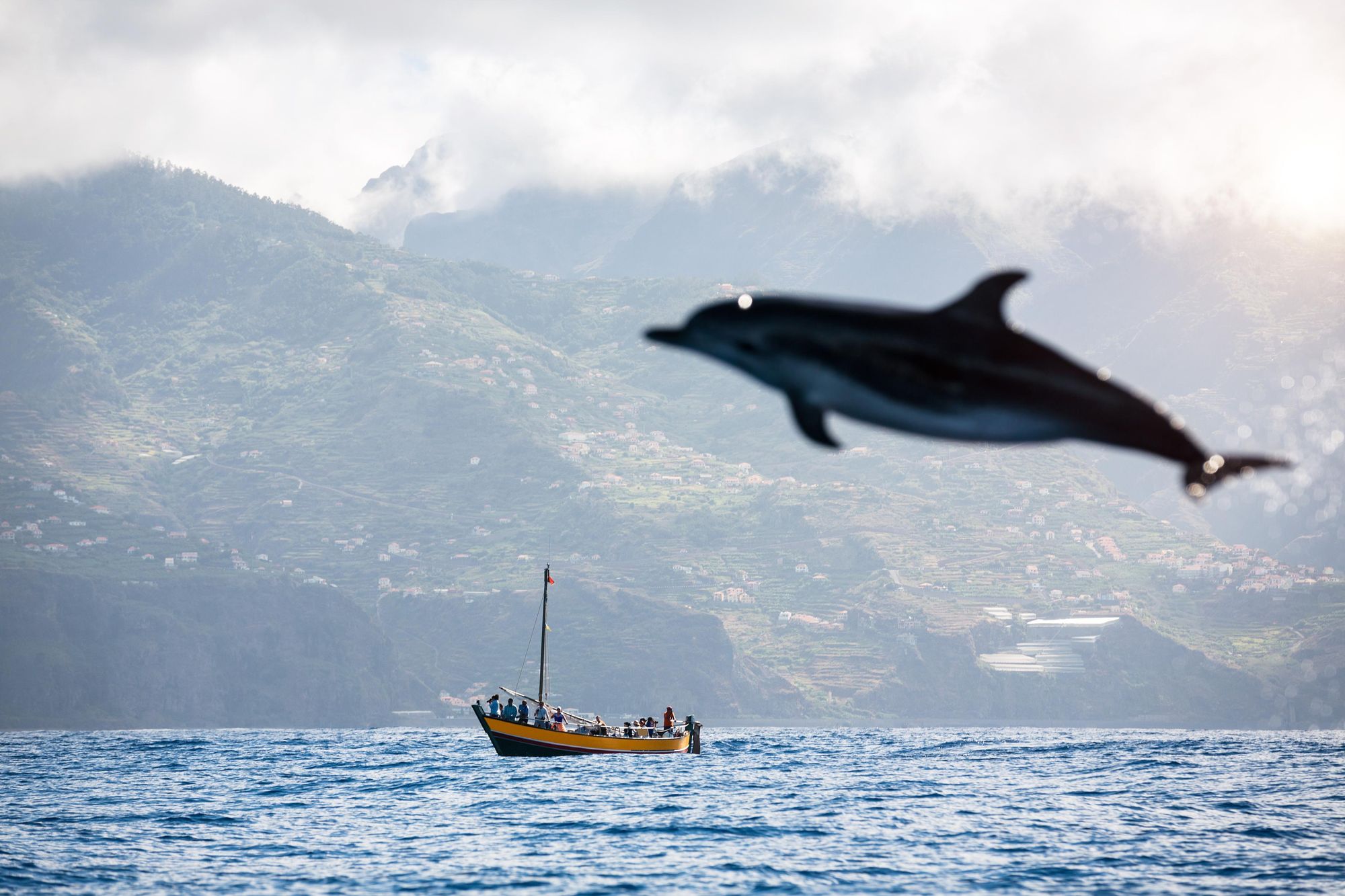
I adore wildlife and love a good “sit spot” - by which I mean a mid-walk stop, where I sit on my foam seat for 15 minutes in silence, with only a pair of binoculars, taking in the sounds, scents and sights of whatever the wilderness might throw my way. Now, the first time that I visited Madeira, I did nothing remotely so tranquil as this, largely because I was busy throwing myself up mountains and off waves. There's so much to do, it can be hard to sit still here.
That was a mistake because, particularly off the coast of Madeira, which lest we forget is over 300 miles (480km) away from the nearest continent, there is superb wildlife. On my second trip to Madeira, I remedied this error and headed out on a wildlife-watching boat tour. We didn’t see the elusive sperm whale, but we were able to watch bottlenose dolphins jumping around our boat, and caught sight of a loggerhead turtle. It was an experience which I’ll never forget.
It’s a good idea to carry cash
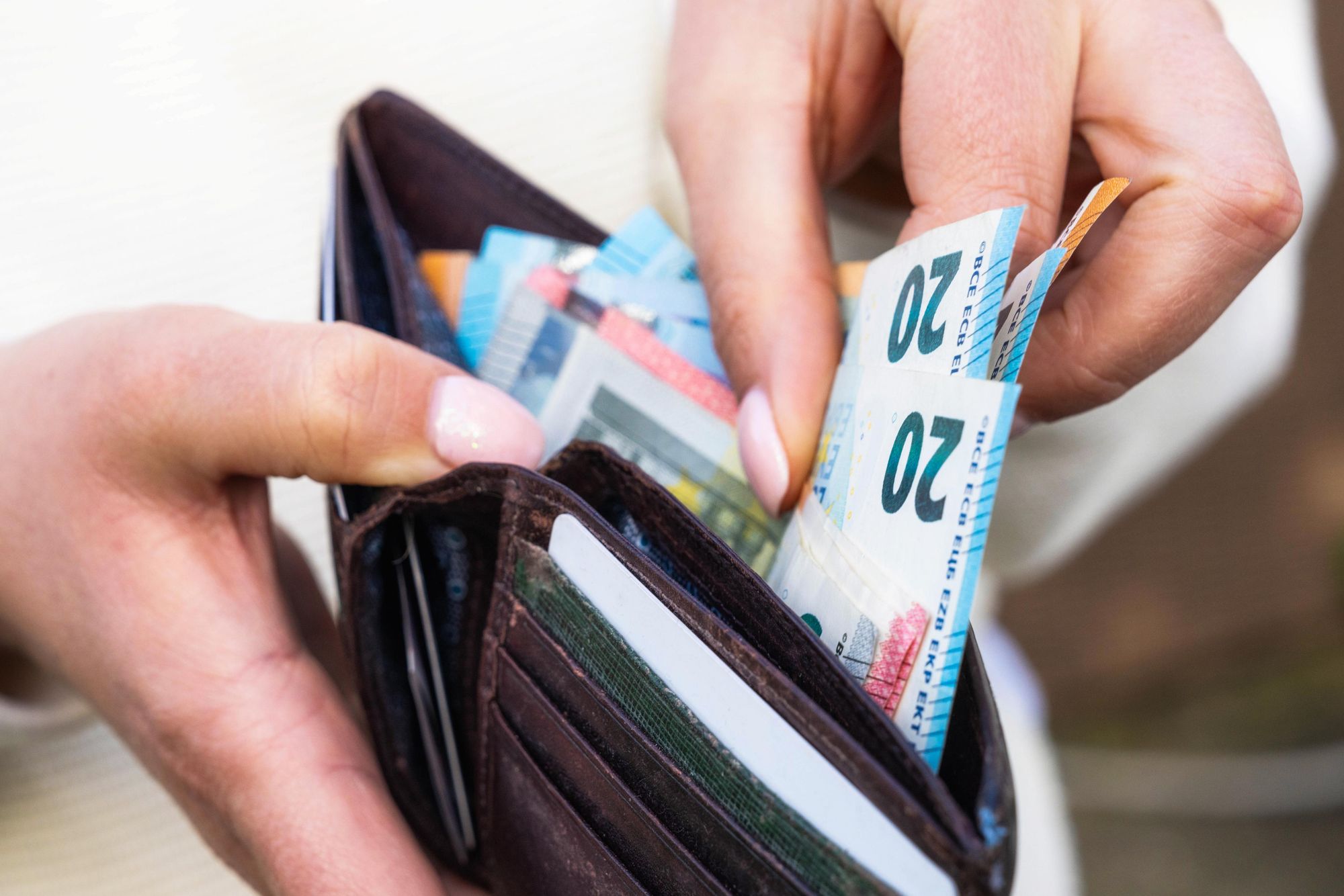
Almost every shop you’ll nip into in Madeira will have a card machine, but especially if you’re going to be visiting for adventure - and so, travelling to more remote or rural areas of the island - you’re far more likely to come across little spots or small, family operations which don’t take card. These are also often the most memorable shops you’ll visit, so it’s good to carry a bit of cash on you as you move around the island, just in case you do need it.

What I’d also say from experience on Madeira is that locals generally prefer cash, whether they take card or not. That can manifest itself in a €5 limit on card in some places, or in the fact that if you do pay with cash, you’ll get an approving look in return. I vividly recall a shop owner in a small, rural supermarket giving me a short (friendly) lecture on the benefits of cash, and how he was sad to see that the younger generation rarely used it. Carry cash to generate good will.
Do not settle for bad poncha
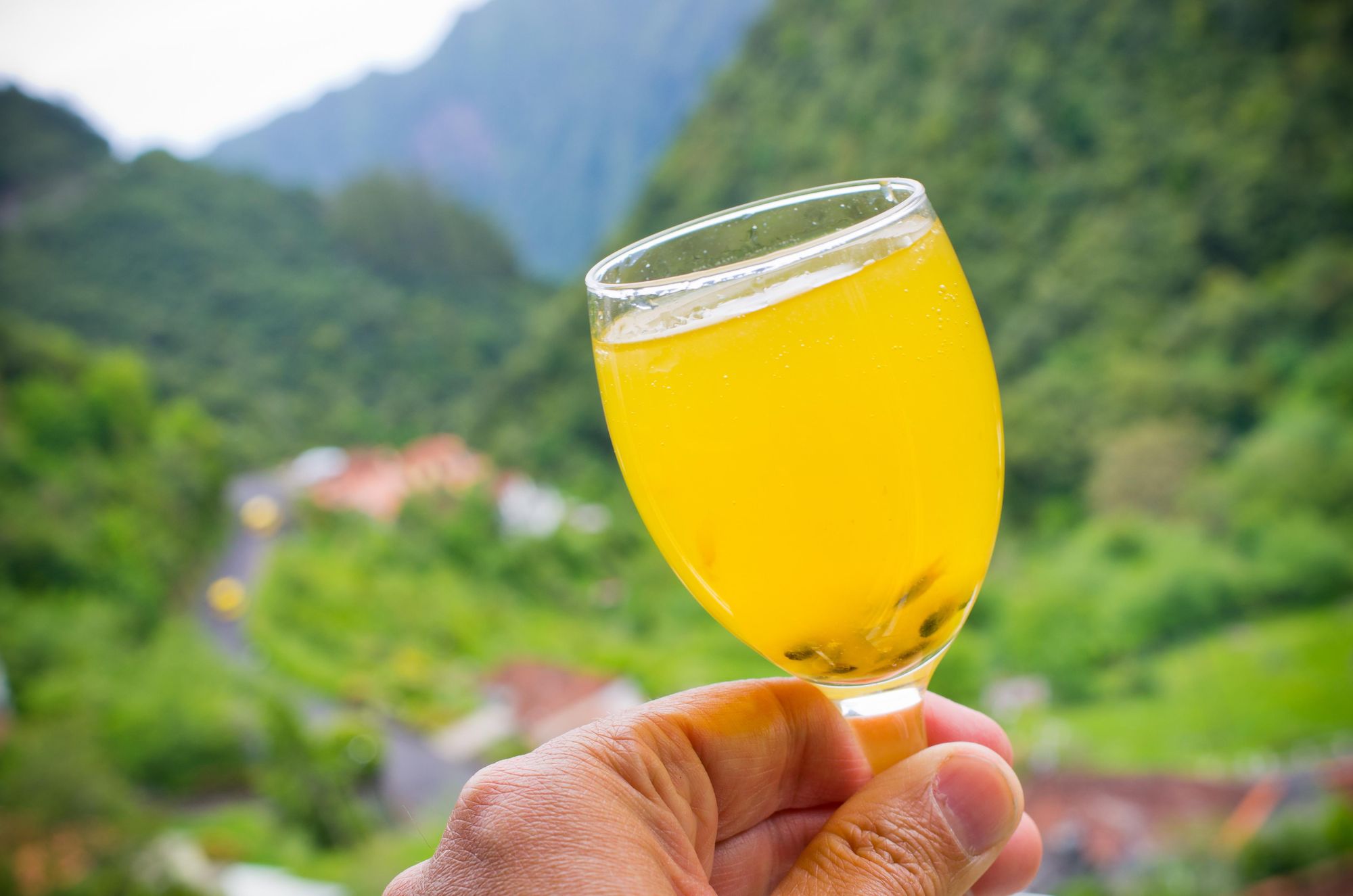
You’ve probably heard of Madeira wine before; a fortified drink often served as a dessert wine. It’s delicious. But the true traditional drink of Madeira is poncha.
The word ‘poncha’ literally means ‘punch’ and as with most punch drinks, there are a lot of variants of poncha that you’ll find around the island. The most traditional versions of the drink will involve Madeira Rum (which uses sugar cane), citrus fruit (think lemons or oranges) and a good few spoonfuls of honey. As ever, the better the ingredients, the better the final product.
The best poncha will be made before you while you wait.
The drink is sweet, refreshing and can be found all over the island - but quality hugely varies. Generally speaking, try and avoid buying it pre-bottled. It just won’t be as good. The best poncha will be made before you while you wait.
If you want good poncha, you want to find a proper Madeira bar. One of my favourite spots for poncha is the (aptly-named) Taberna da Poncha in Serra D’Água. It’s not fancy. It’s a small, unpretentious but quirky tavern. There are business cards all over the walls and they give you monkey nuts (and tell you to chuck the broken shells on the ground) while you wait for your drink. One mountain guide I met refused to buy his poncha from anywhere else.
Beyond the Taberna, check out the Pukiki Bar, which is a trendy tiki bar serving cocktails in Estreito da Calheta, or the Casa de Abrigo do Poiso - a traditional house in the mountains above Camacha. We know you'll drink responsibly.
Inspired? Check out our full range of adventure holidays in Madeira now!

